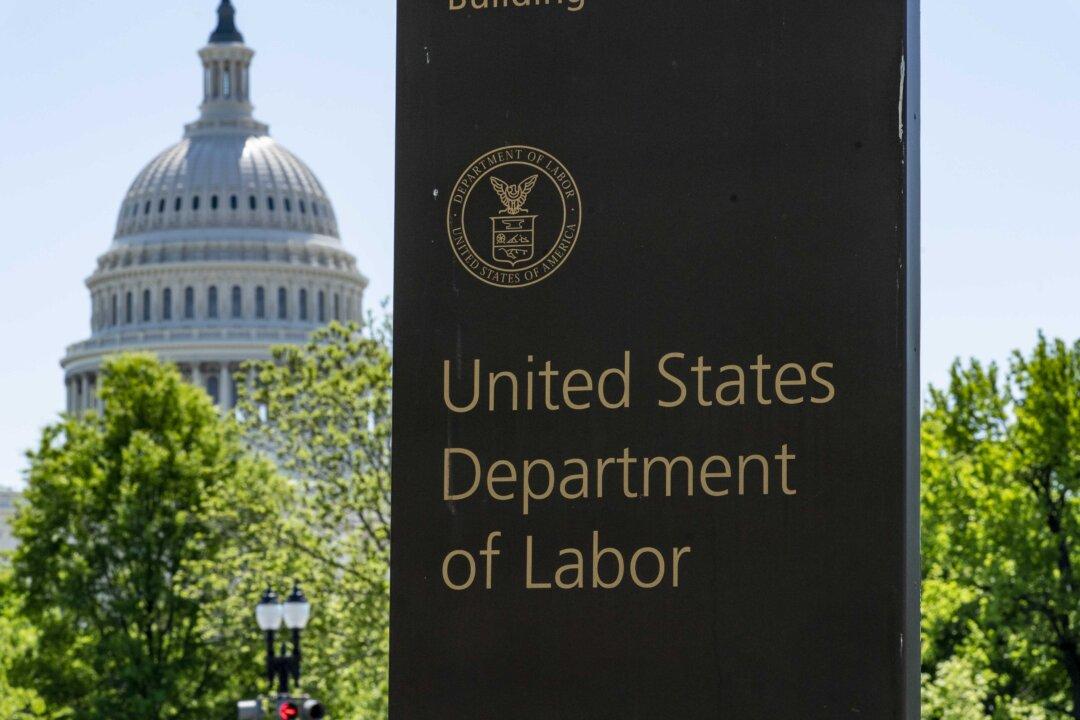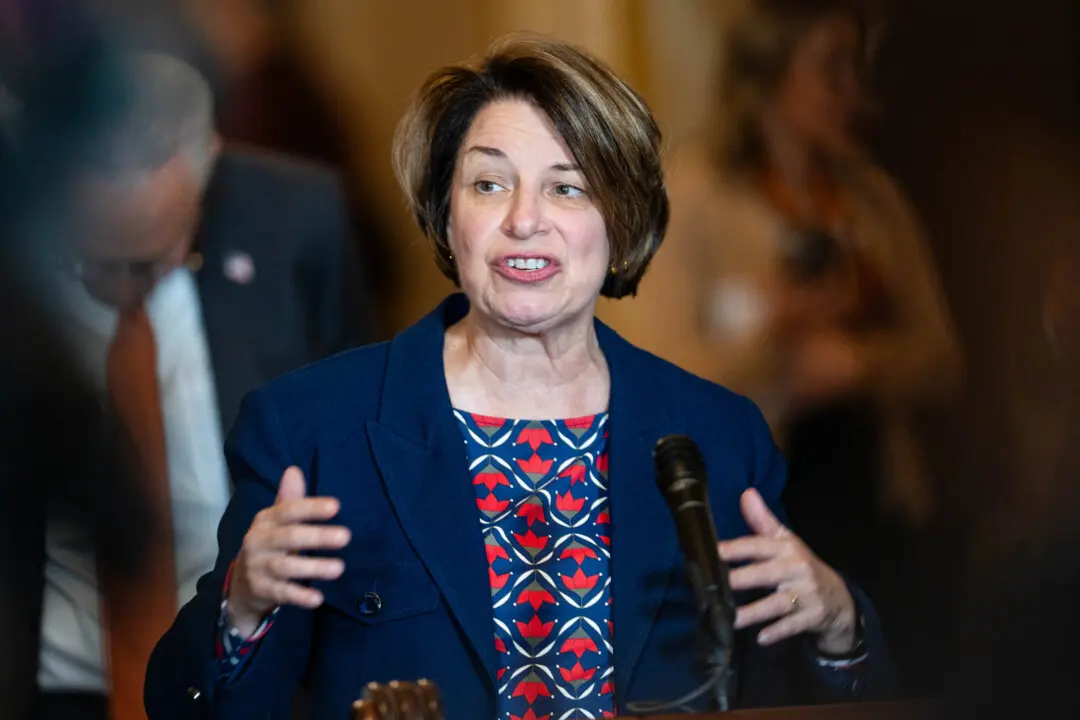The number of American workers filing for unemployment edged up last week following four consecutive weeks of declines, as the labor market continues along its bumpy road to recovery.
First-time filings for unemployment insurance, a proxy for layoffs, came in at 353,000 for the week ending Aug. 21, a rise of 4,000 from the previous week’s revised level of 349,000, the Labor Department said in a statement (pdf).





